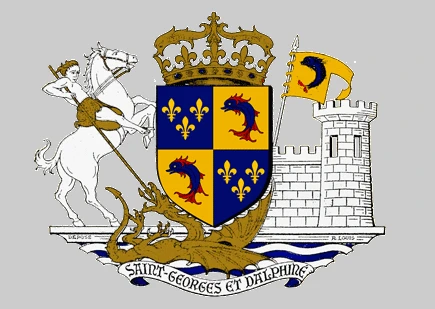The real gratin dauphinois recipe
The ingredients
- 1 garlic clove
- 1 nutmeg
- 20 grams butter
- 25 Cl full cream
- 50 Cl whole milk
- 800 grams potatoes (Roseval, Binje, amandine).
- Salt
- Pepper
You can add a little more cream if you want it to be even tastier.
The process
The beginning:
- Start by preheating your oven to 150°C (Medium oven / Thermostat 5).
- Rinse potatoes, peel and slice thinly.
- Prepare your garlic clove (peel and de-stem)
Prepare the dish:
- Take a wide, high-sided dish
- Rub your dish generously with the garlic clove
- Butter the dish well.
Arrange the dish
- Spread a layer of potato slices.
- grate a little nutmeg, season with salt and pepper.
- Repeat until you run out of potatoes.
- Pour the milk and crème fraîche over the dish.
Cooking
Bake for 2H30 at 150°C degrees (medium oven / Thermostat 5) in a preheated oven.
The history of gratin dauphinois
A dish whose date of birth is known
Gratin dauphinois is one of the few dishes whose exact date of birth is known, as it was served 2 days before the storming of the Bastille: July 12, 1789. On that day, the Duc de CLERMONT TONNERRE (1720-1794), lieutenant-general of Dauphiné, honored the burghers of the town of Gap by having them serve this dish created for the occasion with potatoes, recently brought into fashion by Monsieur PARMENTIER, and served with cooked ortolans. It didn't bring him any luck, as he was guillotined in Paris a few years later. Grenoble, capital of the Dauphiné region, holds the record for the world's largest gratin dauphinois: it measured 23 M2! It was served on October 8, 2022.
Dauphinois because born in the Dauphiné.
The Dauphinois is an ancient French province that covered the Drôme, Isère and Hautes-Alpes departments, and even extended into Italy. Grenoble (the capital), Gap, Vienne, Die and Saint Marcellin were all part of the Dauphiné. The head of the province was called the "Dauphin" (the dauphin is featured on the Dauphiné coat of arms). In 1346, in the absence of a male heir to pass it on to, the Dauphin Humbert II (1333-1349) donated Dauphiné to the King of France. It was agreed that the province would belong to the king's eldest son, his heir, who would take the title of Dauphin. This is how all the King of France's heir sons came to be known.







